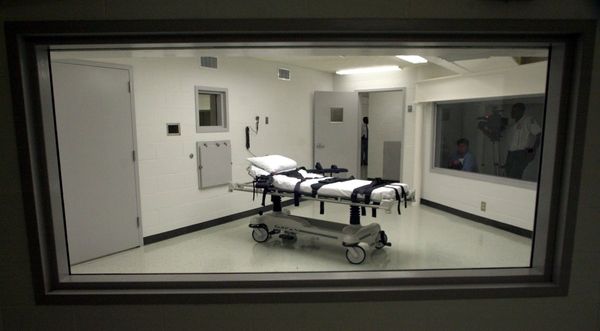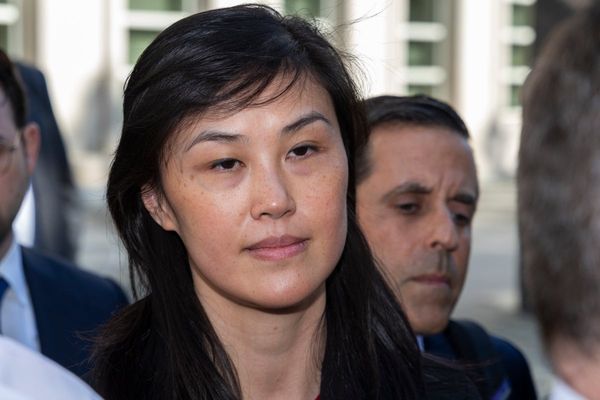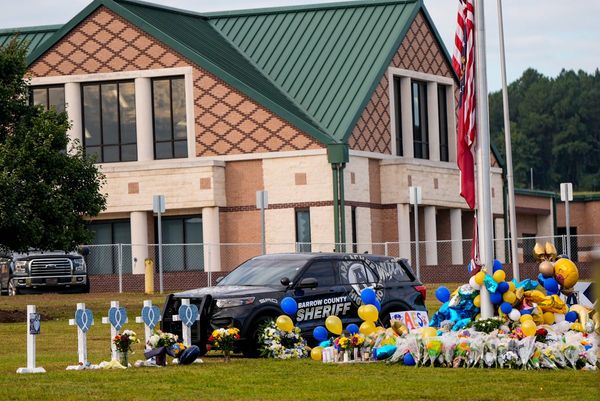
I love leadership books. Like many senior leaders, I have an extensive collection. I used to keep it in my office. Many of these books have offered wisdom that has helped me in the past. Some are treasured possessions I have had signed by the authors. But it’s a frustrating industry largely based on a “Next Big Idea” promotional approach.
When leaders want to know what works, what should they do? Whom should they believe? Should they stick with tied and tested methods, or do they need a complete rethink
Read any five leadership books, and you get five different opinions of what effective leadership looks like today. You will get a shopping list of hard and soft skills every leader must possess. Are they all right or wrong? More than ever, it depends on the situation.
Five years ago, I led the first of several delegations to Stanford University. These were senior leaders interested in what successful leadership in a disrupted world looked like. What surprised me was how much we learned about design principles and other Stanford specialties, rather than carved-in-stone leadership principles and models. The years since have proven beyond doubt the importance of these principles as they relate to leadership.
As so much has changed, leadership has had to change to meet the people and the situations in which we lead. If you ask any senior or line leader to take a moment and reflect on how the way they do their job has changed over the last two years, they will confirm this. Some will probably find their old ways of leading unrecognisable because they are leading different groups in different ways. They have had to take a situational approach to leadership in different contexts.
The truth about leadership today is that leaders must adapt and evolve more than ever as the situation demands us to use multiple (situational) approaches. Leaders are required to embed a culture among people they barely see. At the same time, they must manage individuals who are feeling burned out, and retain talent in the face of the so-called Great Resignation. They don’t have the time or luxury to adhere to conceptual leadership models.
Instead, they need to lead each individual or team based on their situation. This is similar to the design principles of identifying user needs (your people) and then building a product (leadership) to meet their situation. Some frameworks can help, like the Hersey-Blanchard model, but it requires leaders to test and iterate.
So how many different leaders do I need to be each day? Just one. You don’t need to change. But your leadership in each situation does. But you must know where you are. Leaders can’t act as the font of all knowledge. Work is just too complicated. Leaders need to recognise where their people are and provide the right kind of leadership to create the desired results. A leader who is honest about themselves and leads accordingly can create an environment that brings the best out of their people.
Remember, you are providing leadership to individuals. It takes time, but this is where being empathetic and outward and understanding the effects of your leadership style (or the style you choose to use) will pay dividends. Even leading other senior leaders requires adapting approaches to the current development level of each one.
The leaders may be seasoned marketing professionals, but the industry changes so fast, and they must cope with new demands related to technology and data. They may be experienced sales leaders. But their customers’ needs are transforming daily, and cross-sector competitors are popping up. You don’t need to tell them what to do, but use your situational awareness in each interaction.
Go back to that shopping list of leadership skills and capabilities. While no master list will guarantee your success, leaders do need to be more insightful, flexible and adaptable
Remember, you are leading your organisation’s future now. The influx of a new generation into the workforce has been a breath of fresh air and brought unexpected leadership challenges and opportunities.
This generation is different, and your leaders see them differently. Some believe they have more unrealistic expectations and entitlement. Others don’t understand their increased focus on work-life balance or unwillingness to put in long hours.
It is not their “fault” or problem. Leaders must adapt to provide the right levels of direction, feedback, opportunity, accountability, and so on. This requires looking outward to understand what they need, how you are part of the problem, and adapting to the individual situation.
It is the same for most other generations, but unlike other generations, Gen Z people are less likely to stick around and secure your organisation’s future. In a world that isn’t going to stop changing, leaders need to embrace the concept of one size does not fit all. Instead:
- Understand where the individual is concerning the outcome required.
- Understand where you are and how as a leader you can help.
- Provide the appropriate type of leadership the situation demands.
- Repeat with the next person in the next situation.
Arinya Talerngsri is Chief Capability Officer and Managing Director at SEAC — Southeast Asia’s Lifelong Learning Center. She can be reached by email at arinya_t@seasiacenter.com or https://www.linkedin.com/in/arinya-talerngsri-53b81aa







